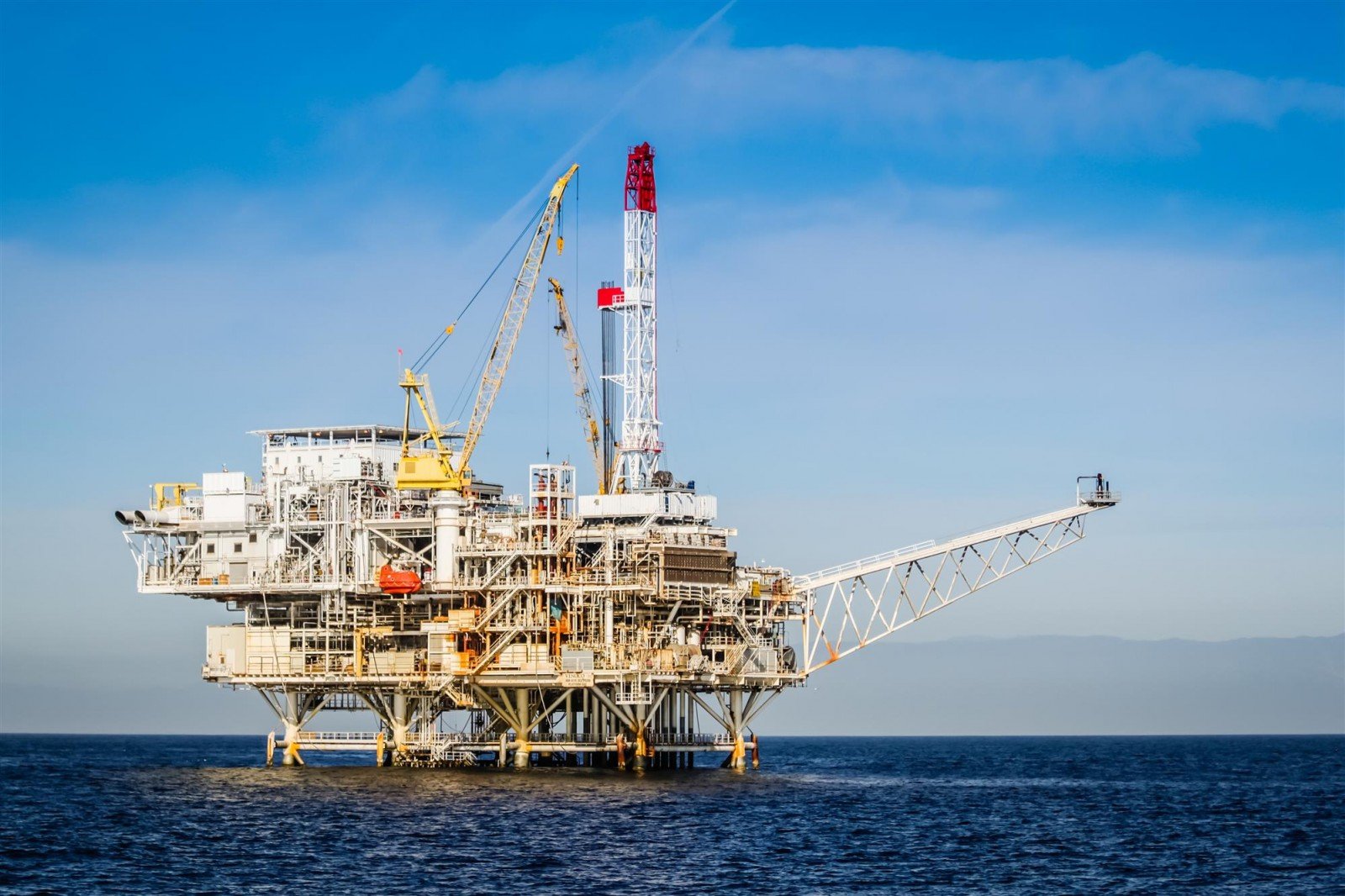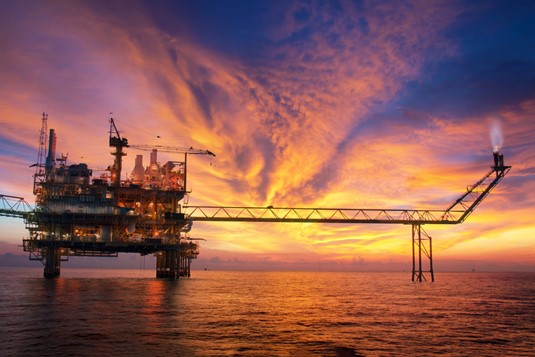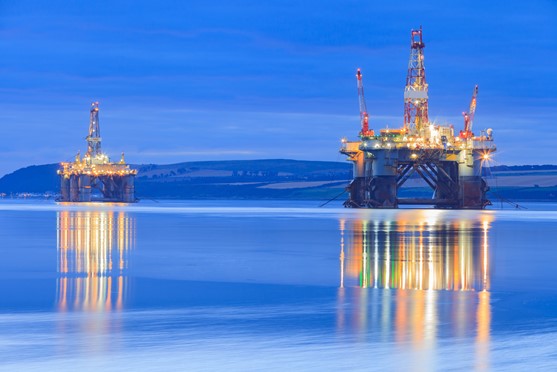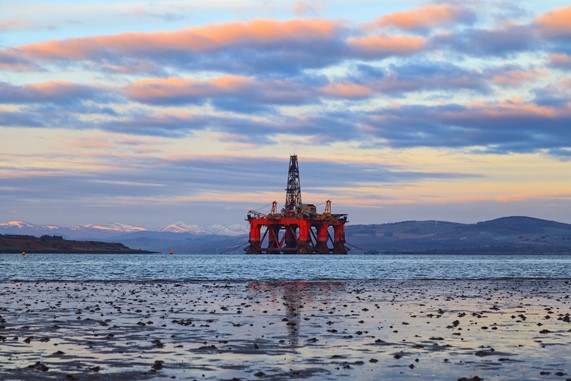
Blog
The 5 Different Types of Oil Rigs
Posted in General, Jones Act, News
There are many types of offshore platforms used for oil and gas drilling and exploration. Some of these are fixed to the ocean floor and others are floating platforms or vessels. Each is designed for different water depths and purposes. Some floating production systems may include storage or refinery facilities and employ hundreds of maritime workers.
There are 5 main types of drilling platforms, each with several unique variations.
#1 Barge Rigs
Barge rigs work in shallower waters, usually less than 20 feet deep. After being floated to the drilling location, the hull is brought to rest on the ocean floor, creating a stable platform for drilling. Many barge rigs operate in the Gulf of Mexico and around the world.
#2 Submersible Rigs
In waters too deep for a barge, but less than 50-70 feet deep, a submersible rig can be used.
Columns or posts are submerged into the water and filled to specific levels that determine their depth. Drilling equipment on the platform above drives a floating drill unit below.
#3 Jack-Up Rigs
As we move into deeper waters, a mobile platform called the “jack-up” rig comes into play. It gets this name because it can be moved directly over the location to drill or pump oil. The rig can be self-elevated (jacked up) from the bottom of the ocean floor to secure it in place. Jack-up rigs are well suited for shallow waters of 400 feet or less.
There are two types of jack-up rigs:
- Cantilevered Jack-up, with a drilling derrick mounted on an extending arm
- Keyway or Slot Jack-up, which has a drilling unit on the platform over an opening it drills through
#4 Platform Rigs

Fixed Platforms
Fixed platforms are made of steel or cement and are intended to be permanent structures. They house large facilities, heavy equipment, and big crews. Most are located on the continental shelf in deep water up to 1700 feet.
They can drill directionally with a radius of up to five miles. The platform is held in place by large steel or concrete legs that attach to the ocean floor.
Compliant Towers
When the oil or gas is even deeper, from 1500 up to 4900 feet, a compliant tower may be used. These structures are made of concrete and steel and are tall and narrow. They are intended to flex and sway with the wind and waves.
Up to 3000 feet, they attach firmly to the sea bed, but, for greater depths, a tension leg platform may be used. These towers are technically floating platforms that are secured with a series of anchors and cables. They are fixed but also floating, and they can reach depths of 7000 feet.
#5 Floating Rigs or Floaters

Semi-Submersible Platforms
For deeper waters up to 12,000 feet, the preferred method of exploration and drilling is to use semisubmersibles or drill ships. Semisubmersible work-decks float on top of the water, while the vast majority of their mass is contained below the water to help stabilize the platforms and keep them in place. As a result, the deck is rather stable and well-suited for drilling in rough waters 3000-10,000 feet deep. However, semisubmersibles are not easily moved.
Two notable types of semi-submersible rigs include:
- Sea Star Platforms, which use flexible steel legs rather than anchors, usually in less than 3500 feet of water.
- Spar Platforms, which sit on a hollow cylinder that hangs below the water at a depth of approximately 700 feet. This stabilizes the platform, allowing drilling up to 10,000 feet.
Drill Ships
For new exploration and the drilling and capping of new wells, drill ships are typically used. Drill ships have the drilling equipment installed directly on the deck, typically in the middle of the deck. The well is drilled through the “moon pool,” an opening in the center of the ship. They are kept in place by dynamic positioning.
Worker Safety on All Oil Rigs
Working on any vessel or platform rig carries with it certain risks. Owners and operators of rigs need to take steps to help protect their workers and provide safe working environments. In the event they are negligent and workers are injured, they can be held accountable under maritime law.
If you are an oil rig worker, seaman, or vessel worker and have been injured while in the service of a vessel or ship, you could be entitled to monetary compensation. To find out more about your legal rights and if you have grounds for a personal injury lawsuit or “maintenance and cure,” contact the Jones Act attorneys at Schechter, Shaffer & Harris, L.L.P.















